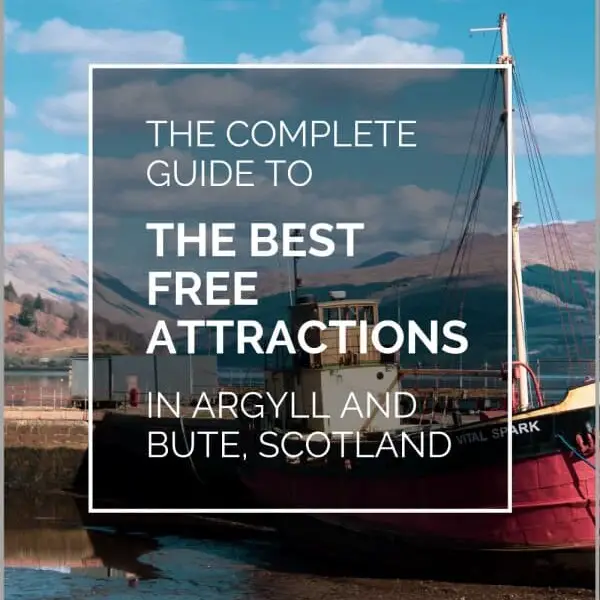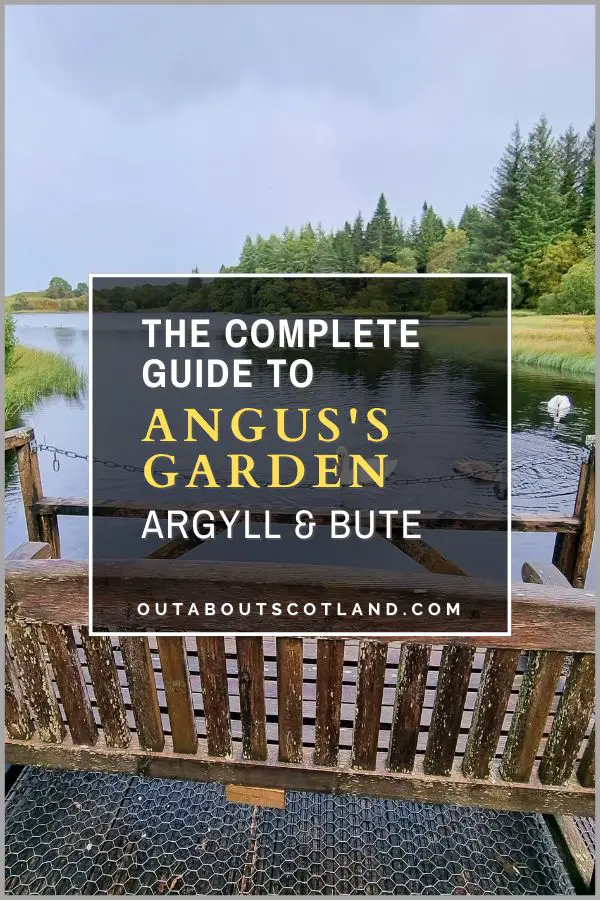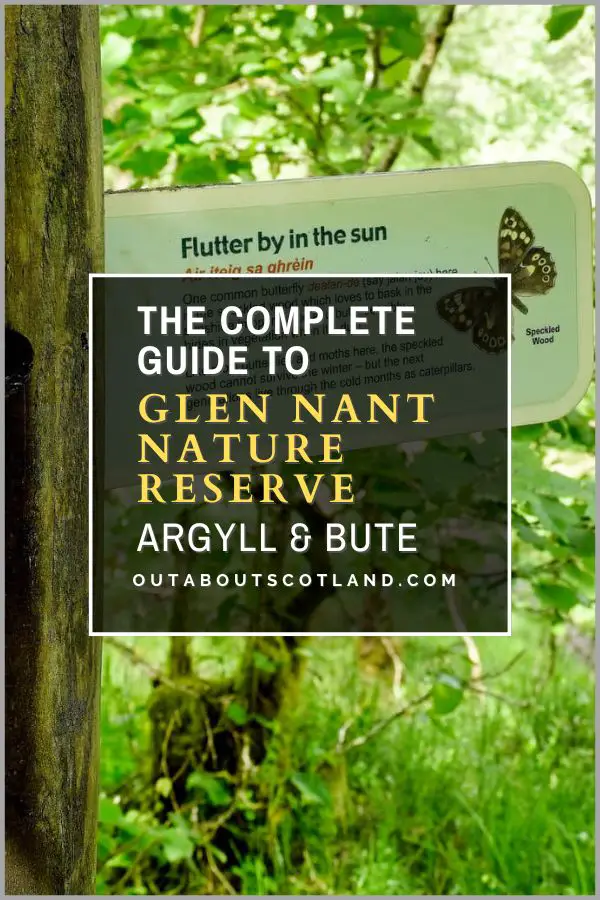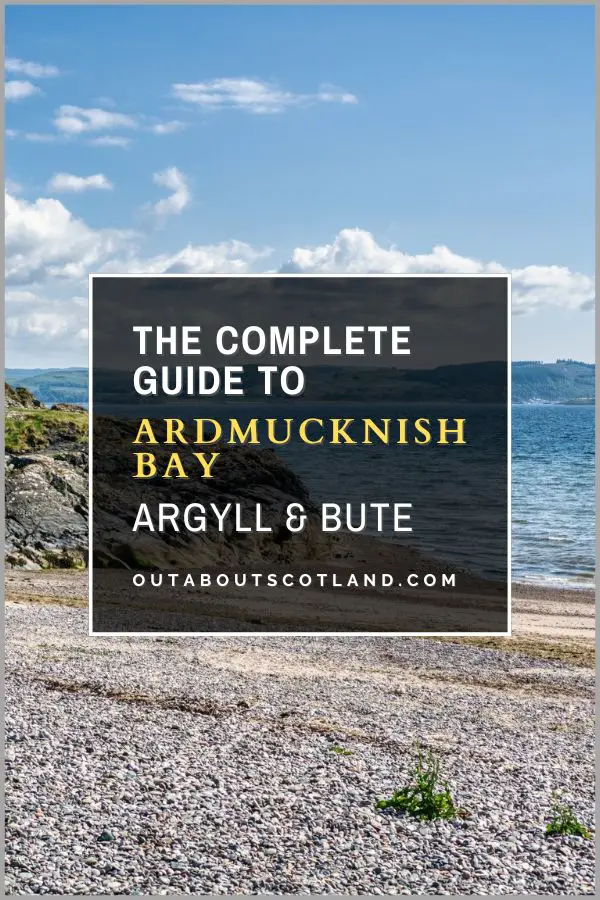Welcome to the beautiful region of Argyll and Bute, a destination that boasts a wealth of natural attractions and cultural history.
The majority of Argyll and Bute is situated in the southwest of mainland Scotland, but it also includes several islands of the Inner Hebrides such as Islay, Mull, and Tiree. Known for its varied landscapes, the region is one of the most-visited in Scotland and it’s frequently used as a base to explore the Inner Hebrides thanks to the town of Oban which has been given the nickname ‘The Gateway to the Isles’ due to its ferry terminal.
When it comes to historic attractions, Argyll and Bute is second only to Edinburgh. The region has a deep-seated history that dates back to the ancient times of the Celts and Vikings, and in the Middle Ages it was the stronghold of the Lords of the Isles, the powerful sea kings of the Hebrides who operated from Finlaggan on the Isle of Islay.
Tourist attractions range from historical sites such as Dunstaffnage Castle to natural wonders like Fingal’s Cave on Staffa and the beautiful Arduaine Garden. The region is also famous for its whisky distilleries, particularly on Islay which is world-famous for its distinctive peaty single malts.
For those who love the great outdoors, Argyll and Bute is the perfect destination for sailing, hiking, wildlife watching, and winter skiing, and it’s also home to several major Scottish festivals including the Islay Festival of Music and Malt and the Mull Music Festival.
Argyll Forest Park
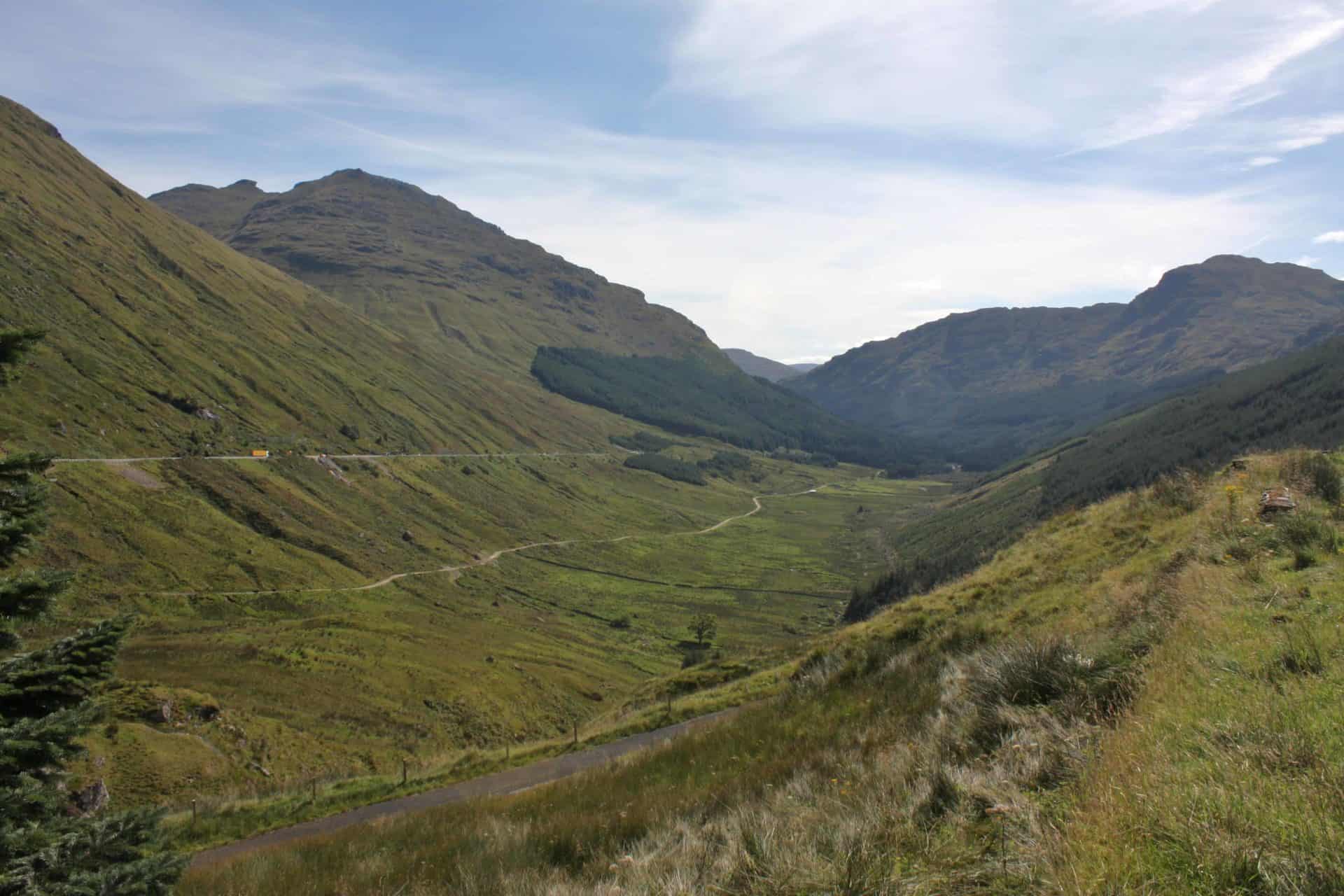
- Address: Glenbranter, Cairndow, PA27 8DJ
- Opening Times: Open year-round.
- Website: Argyll Forest Park
Argyll Forest Park is a true gem nestled on the picturesque west coast of Scotland. The park (which was established in 1935, making it Britain’s oldest forest park) spans an expansive area of approximately 82 square miles, forming a key part of the Loch Lomond and Trossachs National Park.
Best known for its breathtaking mosaic of rugged mountains, sweeping glens, dense forests and sparkling lochs, the park also boasts some of Scotland’s most magnificent landscapes, including the Arrochar Alps and the enchanting Glen Loin.
Recreational activities are near-limitless in Argyll Forest Park but it really shines when it comes to walking trails. These trails range from gentle woodland strolls to challenging mountain treks as well as the park’s longest trail, The Cowal Way, which stretches 56 miles from Portavedie to Inveruglas, offering stunning views of the region from start to finish.
Notable landmarks within the park include the charming Benmore Botanic Garden, home to a collection of plants from rhododendrons to mighty redwoods, the historic Kilmun Arboretum, and the scenic Hell’s Glen.
Keil Caves
- Address: Southend, Mull of Kintyre, Argyll & The Isles, PA28 6RW
- Opening Times: Open year-round.
Located on the western coastline of the Kintyre Peninsula in Scotland, the Keil Caves are a collection of natural and human-made caves. Historically, the caves were used as dwellings by people in the Bronze Age, but they are best known for their use by St. Columba, a Christian missionary from Ireland who is believed to have used the caves as a place of worship.
The Keil Caves have been used for various other purposes throughout history, including storage rooms and even as a hideout for smugglers, but it’s their connection to the saint that attracts most visitors. In addition to exploring the caves, it’s possible to view a stone chapel and a carved footprint, which according to legend, is where Saint Columba first stepped ashore on the mainland after his voyage from Dal Riata (an ancient part of Ireland).
Another cave in Argyll, known as St. Columba’s Cave (postcode PA31 8PA), has a rock-cut bed and a cross carved by St. Columba himself which is also worth taking a look at, but visitors should note that there is limited parking at this historic site and the path leading to the cave is rather muddy for most of the year.
Ben Cruachan Dam
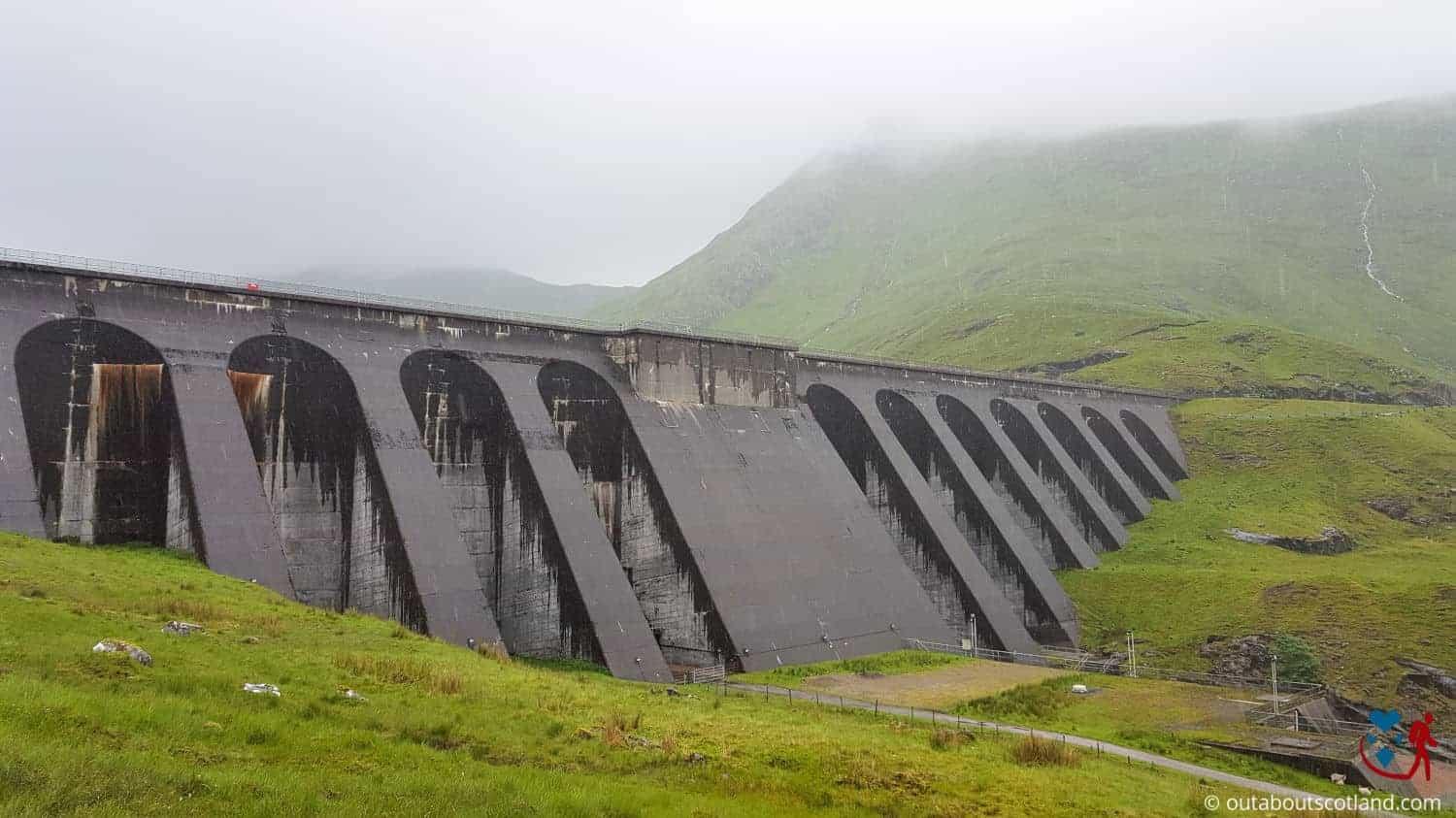
- Address: Ben Cruachan, Dalmally, PA33 1AN
- Opening Times: Open year-round.
- Out About Scotland Guide: Ben Cruachan Dam
Ben Cruachan Dam is an engineering marvel in Argyll and Bute that supplies water to a pumped-storage hydroelectric power station built deep under the mountainside of Ben Cruachan. The dam’s history dates back to the 1950s when civil engineers sought to harness the hydroelectric potential of the region. Construction started in 1959 and took six years to complete, requiring the excavation of 36 miles of tunnels and the creation of a man-made reservoir 1,300 feet above the power station.
Though the dam itself is off-limits to tourists, it’s possible to walk along the road leading to it from the A85 which allows visitors to soak up the breathtaking views of the mountain range and the vast expanse of Loch Awe which runs north to south for 22 miles.
After enjoying the views you might like to head to the Cruachan Dam Visitor Centre (postcode PA33 1AN) which runs tours to the main generator hall inside the mountain. This hall is 300 feet long, 75 feet wide, and 125 feet high, and houses four generator units which can be seen from a viewing platform at the end of a long tunnel which you can enter with an expert guide who’ll explain the history of the dam and how it powers the ‘Hollow Mountain’.
Ganavan Sands
- Address: Oban, PA34 5TB
- Opening Times: Open year-round.
Ganavan Sands is a coastal gem situated just two miles north of Oban, a traditional fishing town that’s the main departure point for ferries to the Inner and Outer Hebrides. The beach is easily accessible thanks to a large car park, which combined with the fact it’s one of the few beaches in the area, means it gets very busy in the height of summer. That being said, it’s certainly worth a trip for anyone visiting Oban as driving there from the town centre shouldn’t take more than 10 minutes.
Ganavan Bay is a truly lovely location, enveloped by pristine white sands that meet the azure waters of the Atlantic Ocean to the west, and backed by lush green rolling hills to the east. On clear days, the beach offers distant views of the islands of Lismore and Mull, and if you head north you can see the twinkling waters of Ardmucknish Bay.
Ganavan Sands is the perfect spot for a range of recreational activities. For those who enjoy being on the water it’s a great location for kayaking and paddleboarding, while on land, you can either enjoy a leisurely walk along the beach or head inland 1/4 mile to join the #78 National Cycle Route.
Amenities at Ganavan Sands include public toilets, a jetty that’s ideal for launching boats, and an ice cream van that appears during the summer months. There are no restaurants or shops directly on the beach but Oban offers a wide range of dining and shopping options.
Kilchurn Castle
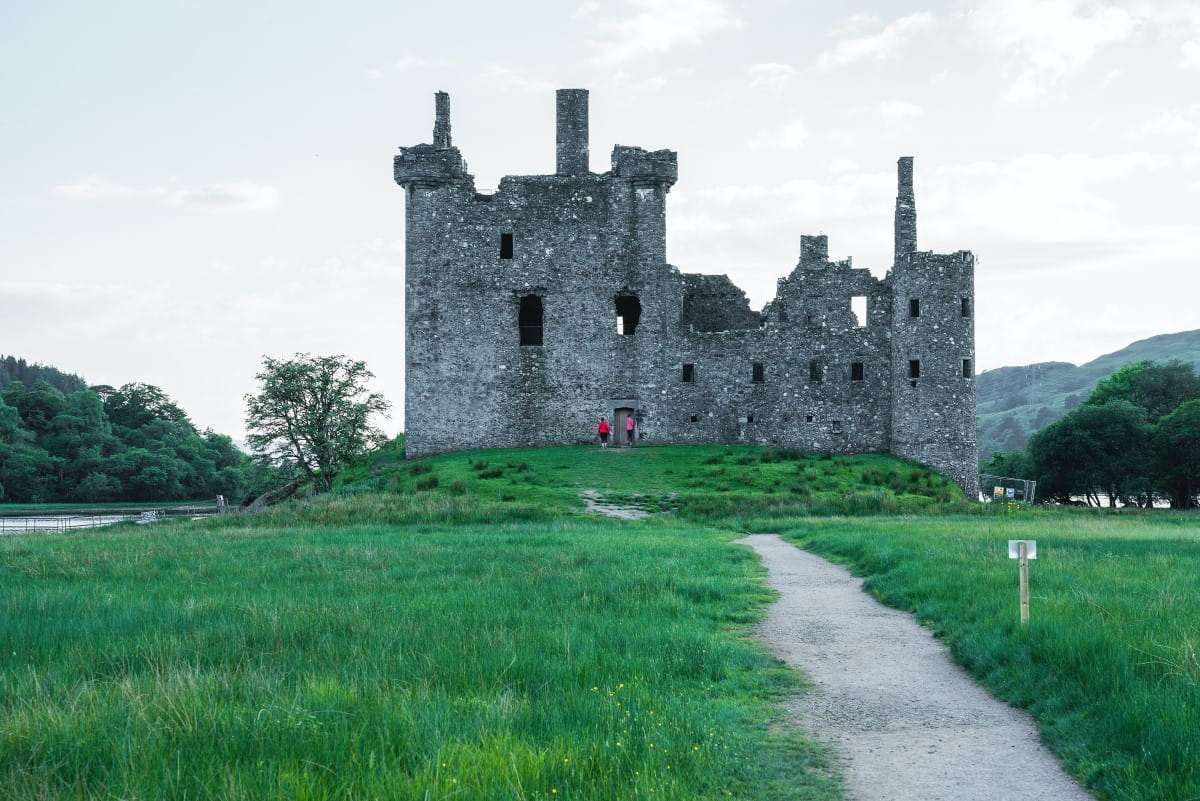
| Address: | Lochawe, Dalmally, PA33 1AF |
| Opening Hours: | 1 April to 30 September, Daily 9.30 am to 5.30 pm. October - March: Closed. |
| Admission Price: | Free |
| Parking: | Free car park at the entrance off the A85 |
| Contact: | N/A |
| Facilities: | Part-time snack van in the car park |
| Photos: | Virtual Tour YouTube Video |
Out About Scotland Guide: Kilchurn Castle
Kilchurn Castle is a stone-built fortress on a rocky peninsula at the northeastern end of Loch Awe. It was first constructed in the mid-15th century as the base of the Campbells of Glenorchy, who extended both the castle and their territory in the area over the next 150 years.
The castle was abandoned in the 17th century and left to fall into ruin, but it’s now in the care of Historic Environment Scotland which keeps it open to the public during the summer. The interesting point to note is that Kilchurn Castle has absolutely no fee to enter, unlike the majority of castles under the stewardship of HES.
The castle comprises a tower house, a courtyard, lookout towers, and an outer wall, but there’s no roof so the site is completely exposed to the elements. In its heyday, the tower house provided accommodation and the courtyard contained many ancillary buildings, but these no longer exist.
The views across Loch Awe are just as beautiful as they would have been in the 1600s, though, so it’s no surprise that Kilchurn Castle is one of the most photographed historic buildings in Scotland.
Machrihanish Seabird Observatory
- Address: Lossit Park, Machrihanish, Argyll, PA28 6PZ
- Opening Times: Daily April – October
- Website: Machrihanish Seabird Observatory
The Machrihanish Seabird Observatory, located on the Mull of Kintyre, has been a beacon for bird research and conservation since its establishment in 1993. The observatory is situated on a unique coastal habitat that provides a home for a wide range of bird species and the surrounding area, characterized by sandy beaches, dunes, grassland, and seaweed-covered rocks, is a perfect habitat for a variety of seabirds.
The observatory is operated by a dedicated team of volunteers who ensure that bird populations are monitored and that their habitats are preserved, and visitors are welcome to visit and spend time birdwatching from the comfort of the wooden cabin that overlooks miles of dunes to the north and a rock-strewn coastline to the south.
Activities at the Machrihanish Seabird Observatory mainly involve bird watching, bird ringing, and participation in bird monitoring schemes, but the observatory also encourages visitors to help spread awareness about bird conservation.
One of the observatory’s significant achievements is its contribution to the National Seabird Monitoring Programme and it has been collecting data on seabird populations, migration patterns, and breeding patterns for over two decades. This information is critical in helping to protect and conserve seabird populations across the UK.
Some of the notable bird species that can be found at the observatory include manx shearwater, Northern gannets, and razorbills. The observatory also sees a good number of migratory birds including different species of terns and skua.
McCaig’s Tower
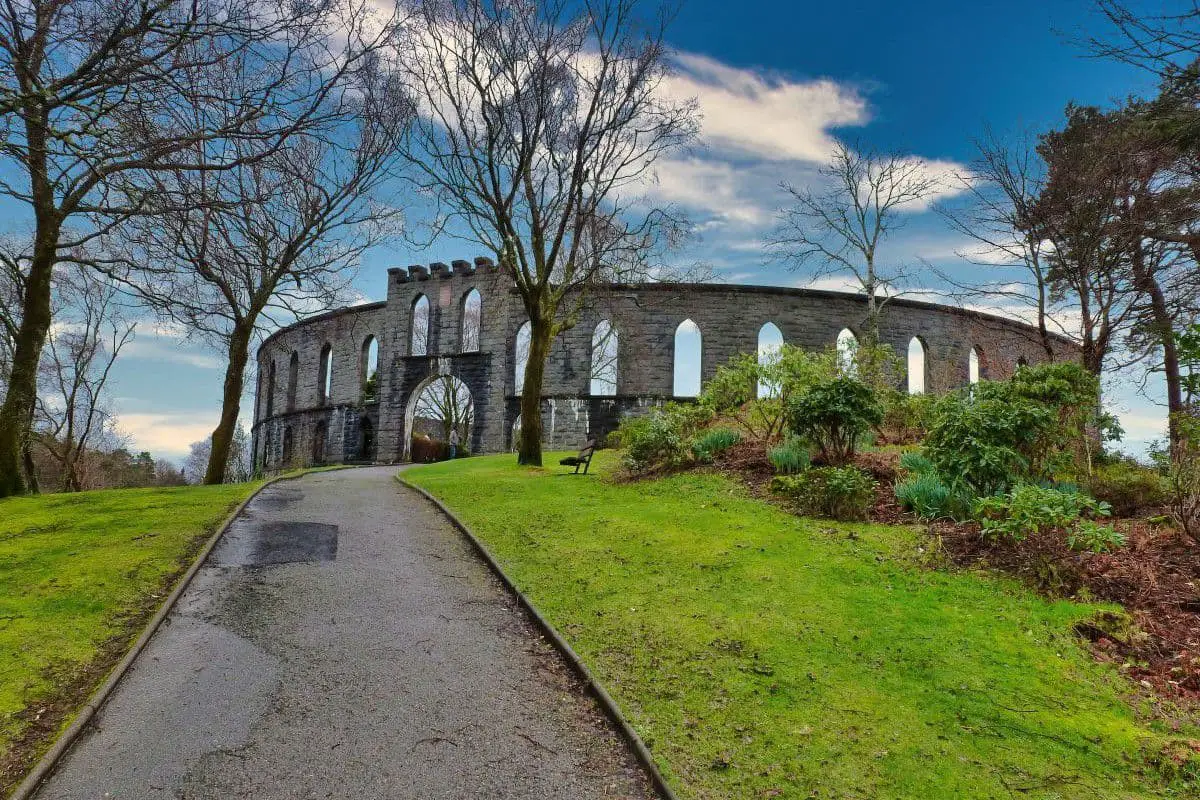
| Address: | Duncraggan Rd, Oban, PA34 5DP |
| Opening Hours: | 24/7 |
| Admission Price: | Free |
| Parking: | No on-site parking Free roadside parking and paid car parks in Oban |
| Contact: | N/A |
| Facilities: | None. Toilets, food and drinks available in Oban |
Out About Scotland Guide: McCaig’s Tower
McCaig’s Tower is a prominent landmark that overlooks the town of Oban from Battery Hill where visitors will find a unique structure with a fascinating history that dates back to the late 19th century. The ‘tower’ (it’s more like a mini amphitheatre) was commissioned by local philanthropist John Stuart McCaig who intended it to serve not only as a monument to his family but also as a means of providing employment for local stonemasons during the winter months.
Construction began in 1897 and continued until McCaig’s death in 1902, but despite his plans for an elaborate structure complete with statues and a museum, only the outer wall was ever completed. Nonetheless, the tower has become a symbol of Oban and a testament to McCaig’s vision.
Architecturally, McCaig’s Tower is a striking example of a Roman-inspired design that bears a resemblance to the Colosseum in Rome due to its circular shape and rows of arches. The structure consists of a thick outer wall featuring 94 arches constructed from Bonawe granite, with the lower arches offering panoramic views of Oban, the surrounding islands, and the sea.
The garden within the tower is a peaceful green space with a variety of plants and flowers and plenty of spots to set up a picnic on a summer day, as well as a few benches and a minor path that runs through the site.
Oban War and Peace Museum
- Address: Old Oban Times Building, Corran Esplanade, Oban, Argyll, PA345P
- Opening Times: Open daily, including Sunday. 10:00 to 16:00/18:00
- Website: Oban War and Peace Museum
The Oban War and Peace Museum is an informative and captivating museum located in the heart of Oban in the old Oban Times building on the Corran Esplanade where it offers superb views of the bay.
The museum was established to preserve and present Oban’s rich history from the perspective of both war and peace times. Its inception traces back to the 1990s when a group of local enthusiasts began collecting artefacts and memories from the local community, officially opening the museum’s doors to the public in 1996.
The exhibits housed in the museum are diverse, and visitors can explore an array of displays including the Home Front Room which shows life in Oban during World War II, the Maritime Room which showcases Oban’s seafaring past, and the War Room which features military memorabilia. One of the most notable parts of the collection is the detailed model of the town as it was in the 1940s, and there’s also an extensive photographic archive that chronicles the town’s evolution over the years.
As for special events or activities, the museum often hosts talks, exhibitions, and other events that delve deeper into specific aspects of Oban’s past. These events usually attract a large number of visitors so you might want to check the museum’s website to see what’s coming up next.
Pucks Glen
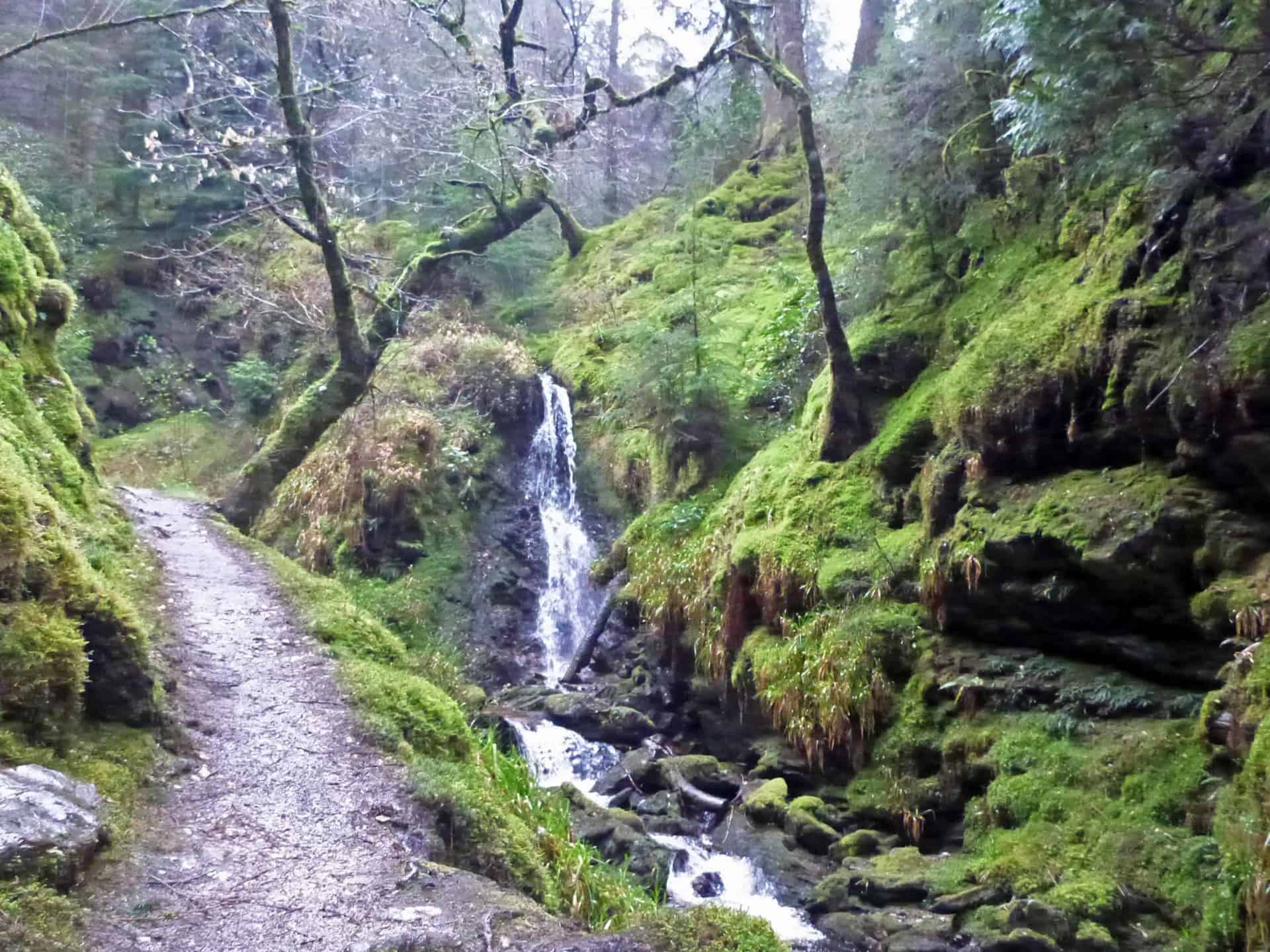
- Address: Dunoon, PA23 8QT
- Opening Times: Open year-round.
- Website: Pucks Glen
Puck’s Glen is nestled in the Cowal Peninsula near the coastal town of Dunoon, making it an accessible escape for anyone catching a ferry from the busy port of Gourock near Glasgow. The Glen is enveloped by the larger Argyll Forest Park and is within close proximity of the renowned Benmore Botanic Garden.
As you step into Puck’s Glen you’re greeted by a mesmerizing spectacle of lush greenery with towering ferns, moss-covered rocks, and an array of native trees including oak, birch, and Scots pine forming a thick canopy overhead. The star of the show, however, is Puck’s Glen Gorge, a dramatic ravine carved by cascading waterfalls with natural rock formations that create a scene straight out of a fairy tale.
The glen offers a choice of two main hiking trails. The lower path, etched along the riverside, guides you through a series of wooden bridges and steps, while the upper path is a more challenging route. Both trails are well-marked and thoroughly enjoyable, though they’re not suitable for anyone who isn’t physically fit and able.
The glen is part of the Benmore Estate so after exploring it you might like to stop at the botanic garden to see its lovely collections of plants from around the globe including a remarkable avenue of Giant Redwoods.
St. Conan’s Kirk
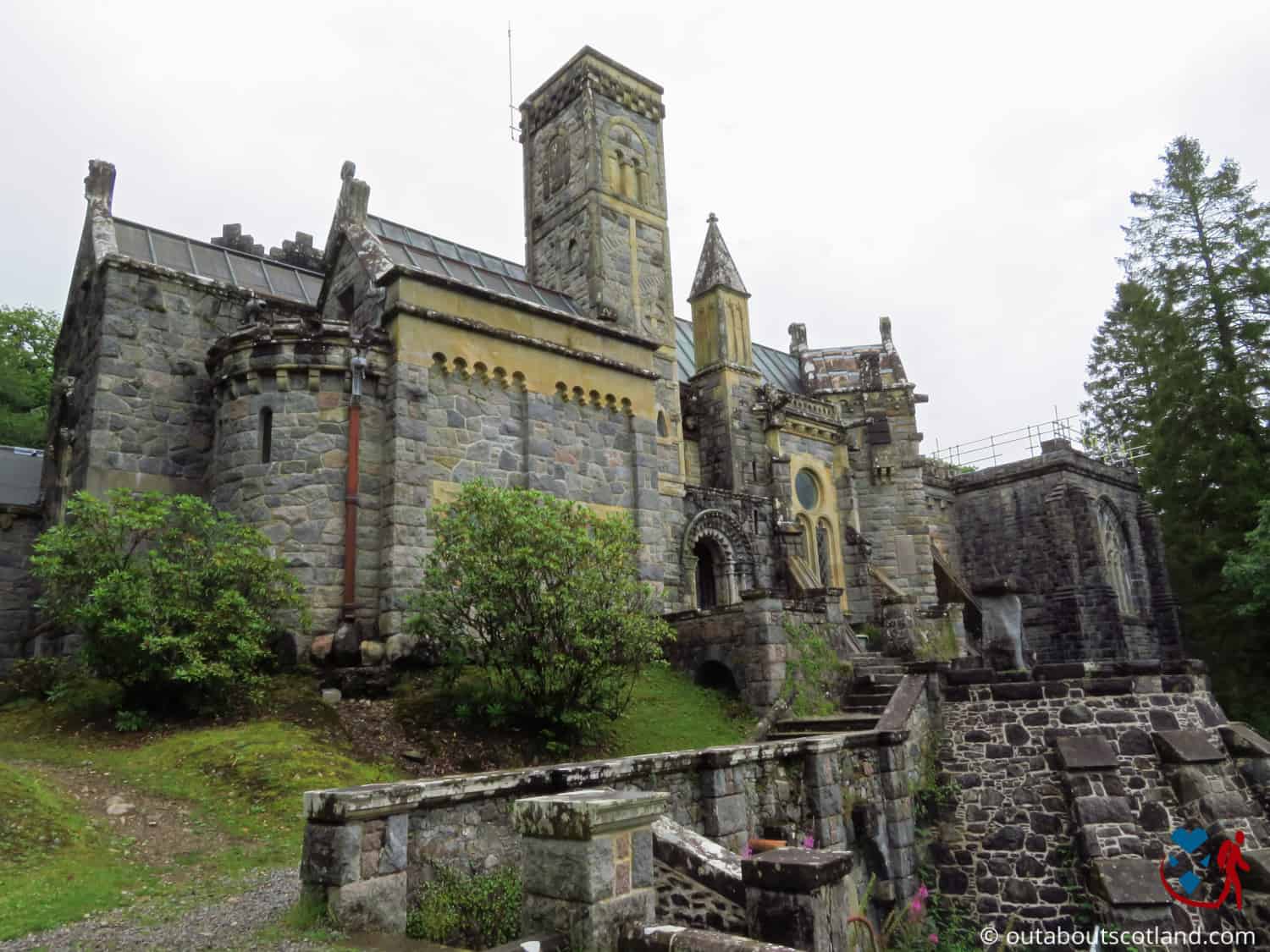
| Address: | Lochawe, Dalmally, PA33 1AQ |
| Opening Hours: | Summer (April to September) 8am – 6pm Winter (October to March) 9am – 5pm |
| Admission Price: | Free |
| Parking: | Free car park on-site Alternative car parking on roadside layby |
| Contact: | enquiries@stconanskirk.org.uk |
| Facilities: | Tearoom, guided tours |
| Photos: | Virtual Tour YouTube Video |
Out About Scotland Guide: St. Conan’s Kirk
Designed and built by Walter Douglas Campbell, the construction of St. Conan’s Kirk began in 1881 using a unique blend of architectural styles with elements of Norman, Early Christian, and Gothic designs combining to create a building that’s reminiscent of the beautiful Rosslyn Chapel in East Lothian.
The kirk is a romantic interpretation of an ancient Scottish church with high vaulted ceilings and intricate stone carvings, but the highlight has to be the Bruce Chapel where a bone of Robert the Bruce, one of Scotland’s most legendary kings, is said to be buried. There’s also a series of stunning stained glass windows that are ablaze with colour on sunny days as well as some of the finest stone carvings you’re ever likely to see in Scotland.
The gardens surrounding the kirk are a must-visit as they offer panoramic views of Loch Awe and the surrounding mountains, after which you can cross over the A85 and follow the road leading to Ben Cruachan Dam (mentioned earlier). If you don’t fancy walking up a mountainside you’ll find a cafe at the entrance to the kirk, or alternatively, you can drive a couple of miles down the road to the Hollow Mountain Experience which has a larger cafe and a gift shop.
The Falls of Lora
- Address: Connel Bridge, Connel, Oban, Argyll, PA37 1PH
- Opening Times: Open year-round. Check the timetable for tides
- Website: The Falls of Lora
The Falls of Lora is a captivating natural phenomenon at the mouth of Loch Etive. This tidal spectacle occurs when the water level in the Firth of Lorn is higher than the water level in Loch Etive, causing a series of impressive rapids to appear at the narrow sea exit of the loch.
The formation of the Falls of Lora is caused by the complex interplay between the tidal flow, varying depths of the sea and loch, and the narrowness of the channel. Depending on the tide, the falls can either appear as a smooth flow of water or as a turbulent, roaring cascade that creates a mesmerizing display.
One of the unique features of the Falls of Lora is its unpredictability. The falls are not a permanent feature and their appearance is largely dependent on the tide so visitors will witness different sights depending on the time of their visit. At low tide, the falls can be a calm, serene river while at high tide it transforms into a noisy, turbulent rapid.
In terms of activities, the Falls of Lora and its surrounding area offer a number of options. The falls themselves are a popular spot for kayaking, though navigating it is quite a challenge so it’s an activity that’s best left to experienced kayakers. For those seeking a more relaxed experience, the nearby village of Connel is a charming locale with a variety of shops and restaurants, while Ardmucknish Bay is a great spot for swimming and wildlife watching with the potential to spot seals, otters, and a variety of seabirds.

